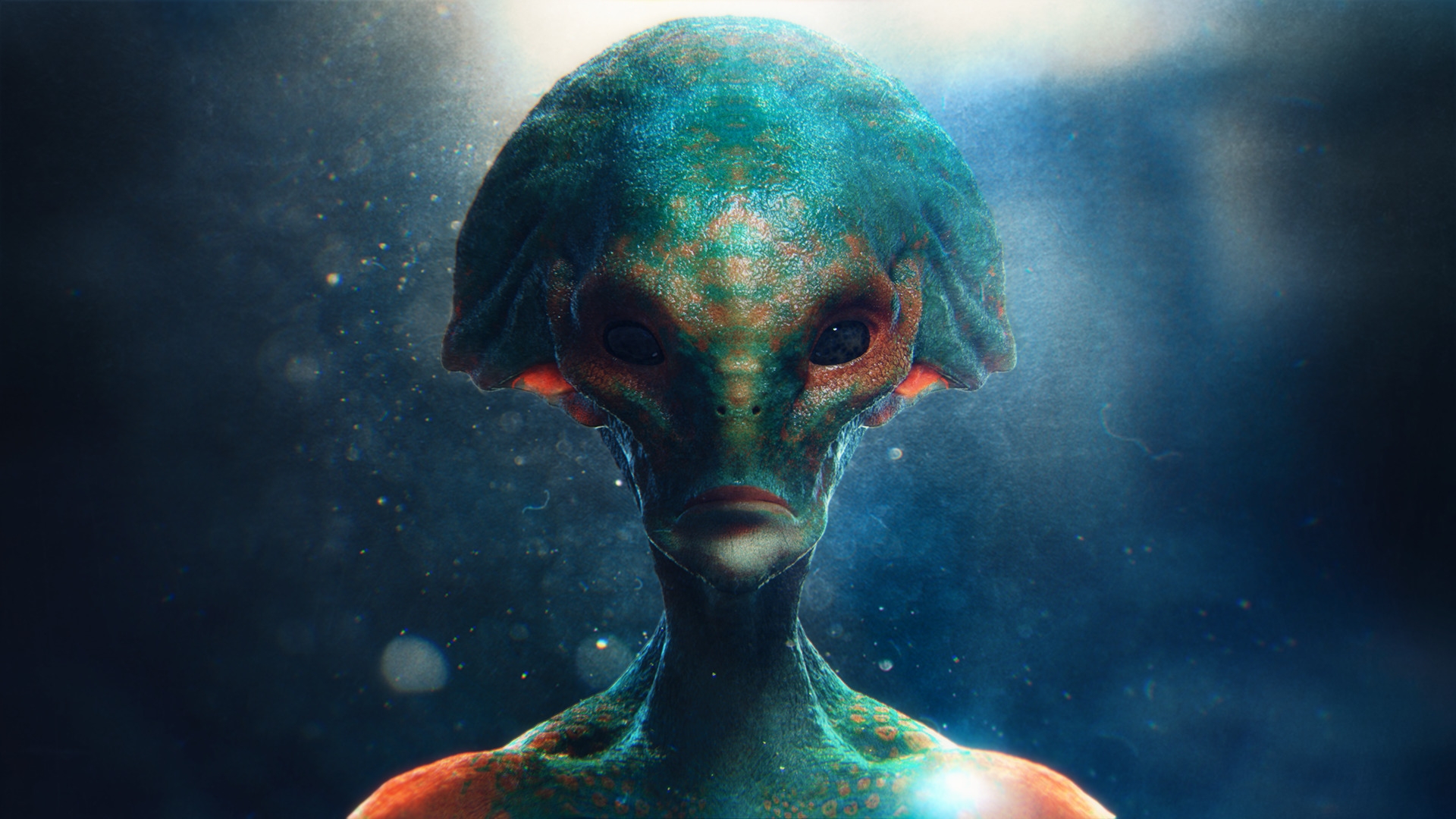Researchers want to use AI to investigate whether there is life in space. Studies have shown that AI outperforms humans when it comes to detecting life in space-like environments.
Is there life on Mars?
Soon, AI could help us get closer to the answer.
According to a group of researchers associated with NASA, artificial intelligence can be trained to search for signs of life on the Red Planet and elsewhere in space.
Trained in Mars-like environments
AI could have the capacity to detect “recognizable and predictable patterns” that could point us in the right direction in our search for life on other planets, the researchers believe. This was reported by The Byte.
The researchers have trained AI to find life in the extremely dry and hot Atacama Desert in Chile. It is one of the few places on Earth that resembles the planet Mars, with its “hostile” environment, bumpy hills, and patterned surface.
Uses special camera
According to the study, the researchers used a range of data including “HiRISE data for ground surveys, spectroscopy, and mapping of life forms” to create a data set for the AI program.
HiRISE – High Resolution Imaging Science Experiment – is a camera that has been used since 2006 to study the planet Mars.
The researchers’ goal was to train AI to recognize the specific conditions in which life could exist.
AI better than humans
And it worked surprisingly well.
In the research project, AI was able to locate signs of life where they existed – with 56.9 to 87.5 percent precision.
Humans, on the other hand, have only been able to locate signs of life with 10 percent precision in studies.
The project is still in its early stages, but the hope is that NASA will one day be able to use AI in its space programs – and thus improve its ability to detect life.
